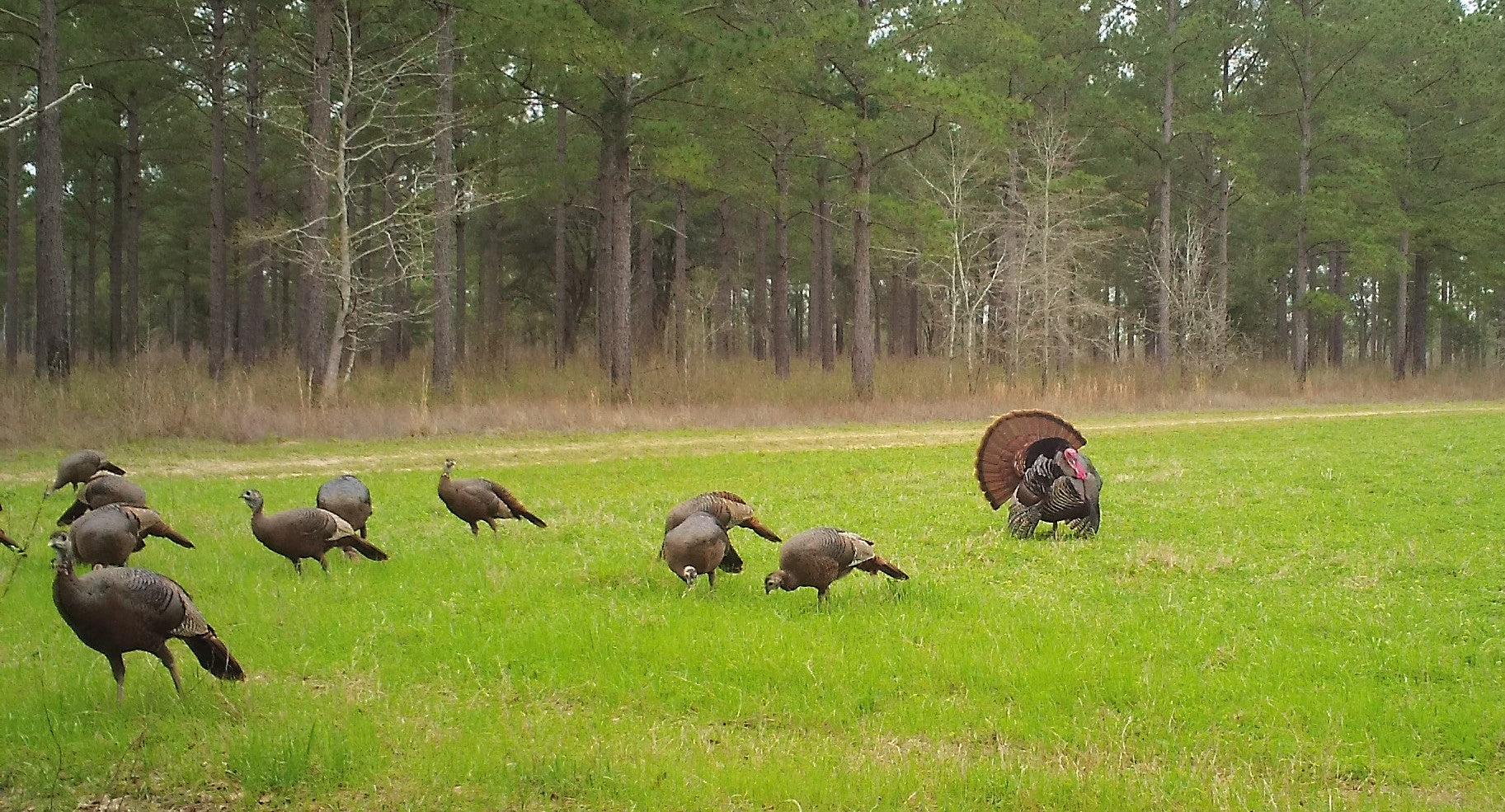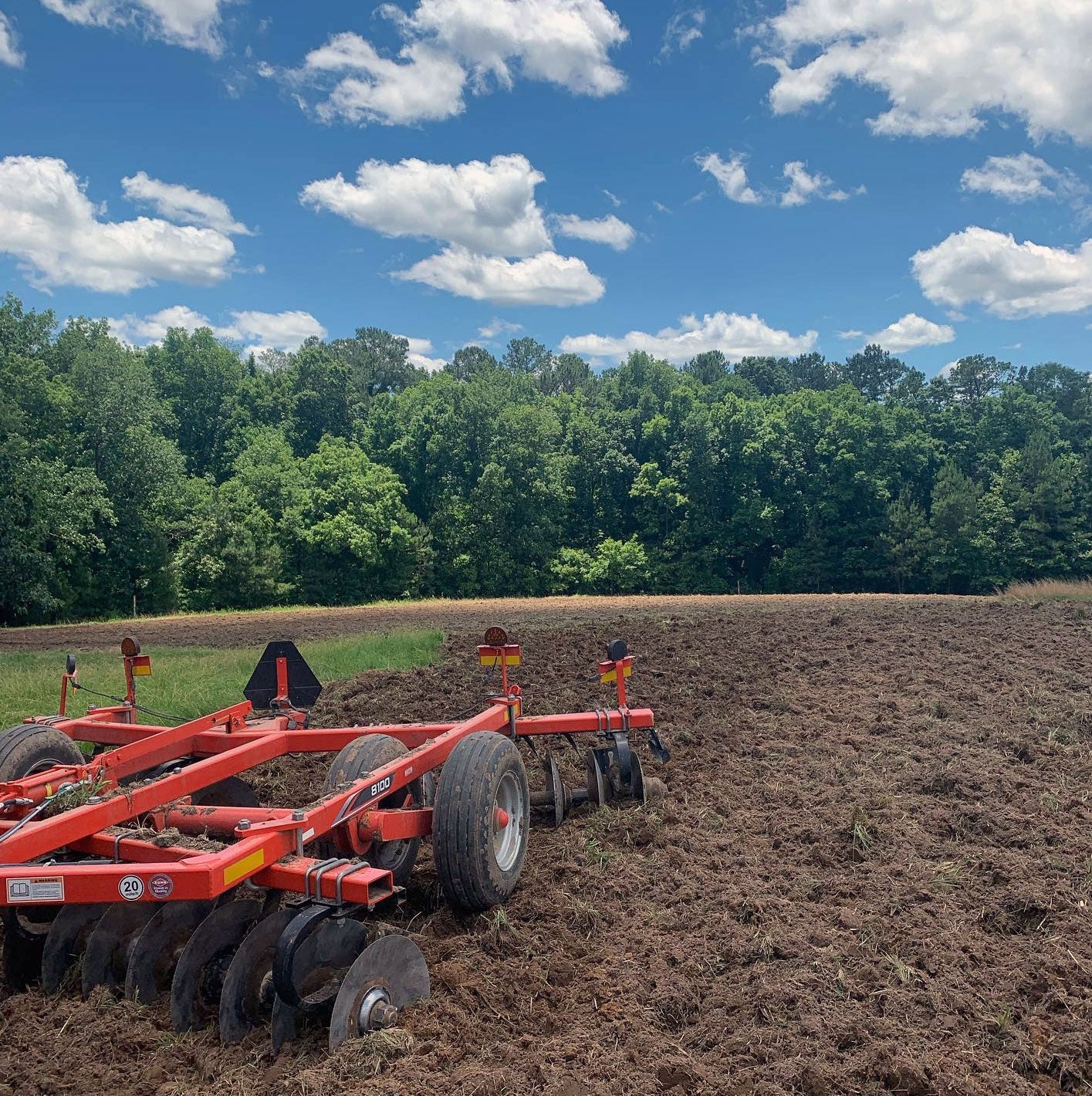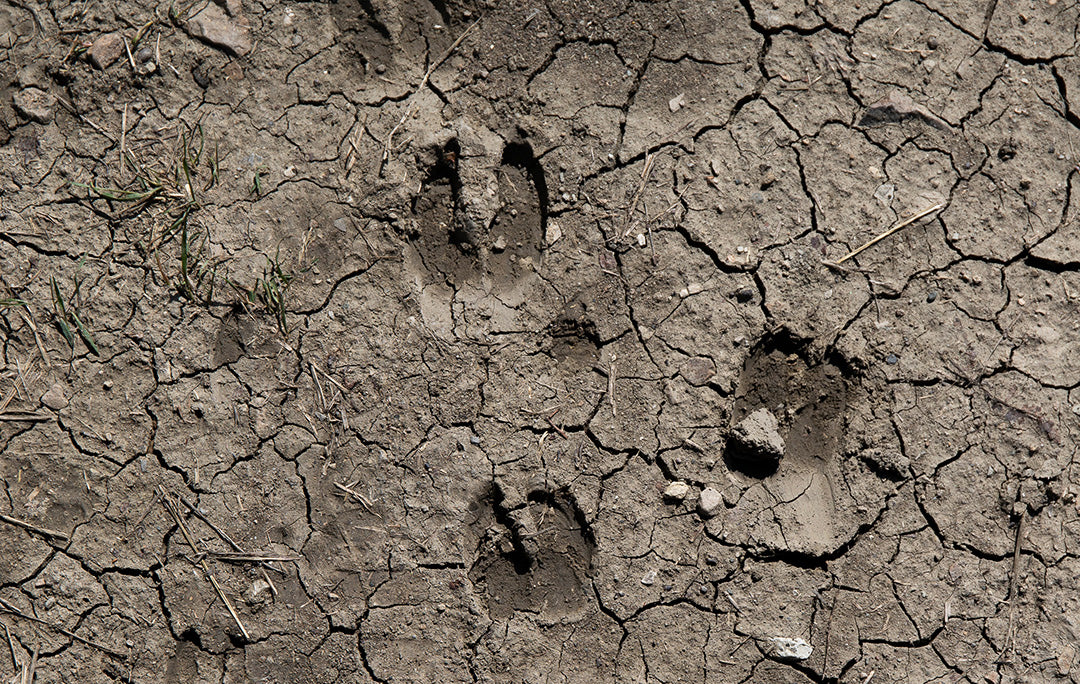Importance of Nutrition in Summer
 While the temperature climbs and climbs through the summer and many of our minds are fixated on spending time in the water keeping cool, we often forget about those animals which we hunt each winter. Summer is one of the toughest times for deer, especially with hot summers and scarce rainfall. Tough environmental conditions are further complicated by the peaking nutritional requirements by deer in the spring and summer months. Metabolic rate for deer can double during the spring and summer months. As is such, deer need to consume more digestible forage and more of it during the summer months. Deer enjoy the new growth of the spring and summer months, but the production of natural vegetation can always use a little help. Warm season food plots are a great way to introduce additional food for deer for a reasonable cost.
While the temperature climbs and climbs through the summer and many of our minds are fixated on spending time in the water keeping cool, we often forget about those animals which we hunt each winter. Summer is one of the toughest times for deer, especially with hot summers and scarce rainfall. Tough environmental conditions are further complicated by the peaking nutritional requirements by deer in the spring and summer months. Metabolic rate for deer can double during the spring and summer months. As is such, deer need to consume more digestible forage and more of it during the summer months. Deer enjoy the new growth of the spring and summer months, but the production of natural vegetation can always use a little help. Warm season food plots are a great way to introduce additional food for deer for a reasonable cost.
To produce milk, does must cycle through an enormous amount of blood to produce a small amount of milk, 500 times as much! So, to make 1 gallon of milk, 500 gallons of blood have to be cycled through the alveoli. Inevitably, does have to dip into their own tissues to be able to accommodate the demand for nutrients in milk. The extent that deer have to mobilize nutrients from their own tissues is where proper nutrition pays off. If does can find ample amounts of food, they will carry more body weight into the winter months and be in better shape to breed in the winter. If they cannot, fawns are often stunted or abandoned by the doe.
Getting ample nutrients to fawns is paramount because of the influence on the rest of their life. Fawns born in drought years or in overgrazed habitats seem to never be able to catch up to their peers that receive copious amounts of milk. As fawns grow large enough to travel with their mothers, they too will utilize supplemental feed sources. Therefore, if you provide pelleted feed, consider adding an additional spout on your gravity feeders at a height where fawns can reach feed as well. Those little rascals grow quickly and need plenty to eat and getting plenty of food into them early will do wonders for them.
Providing supplemental sources of easily accessible, sufficient nutrition is important to maximizing the expression of traits, such as antler size. Culling deer is a futile exercise if the nutritional needs of deer have not first been met. Utilizing food plots or providing pelleted feed is a great way to make up for the deficiencies in natural forage that commonly arise. Providing the highest protein content feed that you can find is preferable as deer do not consume protein feed exclusively and they will benefit from providing the most nutrition in the smallest package. Planting summer mixes, such as LabLab or LabLab Plus, provide an array of species for deer to choose during these taxing times. Remember to protect your food plots from eager tummies until they have had the necessary 30-45 days to grow large enough to be able to handle browsing pressure. Hungry animals can annihilate a food plot in no time when young, small, tender plants are just surfacing and your hard work is almost all for naught.
Posted by Tecomate Wildlife Systems











Please send me your latest product catalog.
Thank you,
Mark Terry
9022 County Line Road
Dora, Al 35062
Leave a comment